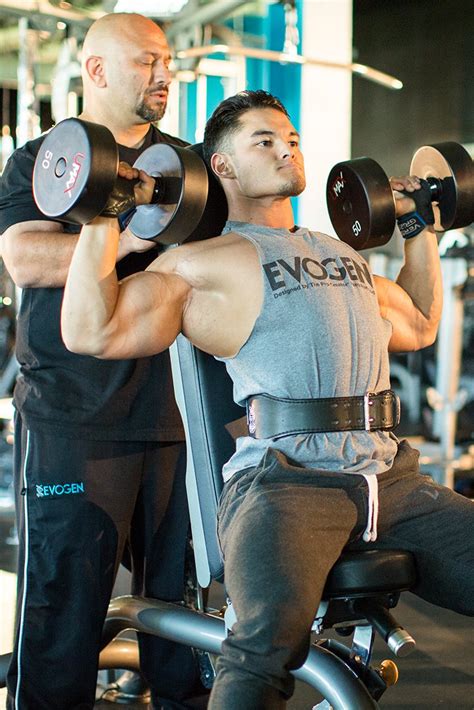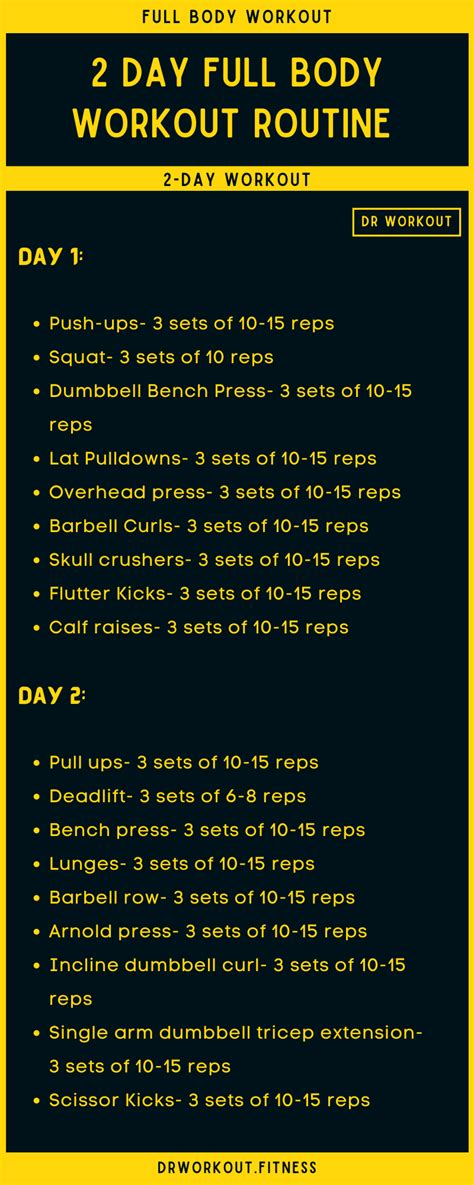How to consistently progress lifts for peak strength gains without burnout?

The Elusive Balance: Strength Gains Without Exhaustion
The quest for peak strength is a journey many embark on, but few navigate consistently without hitting plateaus or succumbing to burnout. True, sustainable progress isn’t just about lifting heavier; it’s about a strategic, informed approach that respects your body’s limits while continuously pushing them. This article will guide you through the core principles that enable consistent strength gains without sacrificing your long-term health or enthusiasm.
Mastering Progressive Overload: The Foundation of Gains
At the heart of any effective strength training program lies the principle of progressive overload. Simply put, for your muscles to grow stronger, they must be challenged to do more than they’re accustomed to. This doesn’t solely mean adding more weight to the bar, though that’s a primary method. Progressive overload can manifest in several ways:
- Increasing Load: Gradually lifting heavier weights.
- Increasing Reps/Sets: Performing more repetitions or additional sets with the same weight.
- Decreasing Rest Times: Reducing the time between sets to increase training density.
- Increasing Frequency: Training a muscle group more often.
- Improving Form/Technique: Executing exercises with greater precision and control, making the movement more effective.
- Increasing Time Under Tension: Slowing down the eccentric (lowering) or concentric (lifting) phases of an exercise.
The key is to make small, consistent increases over time, ensuring your body adapts without being overwhelmed.

The Power of Periodization: Strategic Variation for Long-Term Growth
While progressive overload is fundamental, it cannot be applied linearly indefinitely. Your body adapts, and constantly pushing max efforts leads to plateaus and overtraining. This is where periodization comes in. Periodization is the systematic planning of athletic or physical training. It involves breaking your training year into specific phases (macrocycles, mesocycles, microcycles), each with distinct goals regarding intensity, volume, and exercise selection.
By strategically varying your training, you prevent your body from adapting too completely to one stimulus, allowing for continued growth and preventing burnout. For instance, you might cycle between blocks of high volume/moderate intensity and low volume/high intensity, or integrate deload weeks to facilitate recovery and supercompensation.

Prioritizing Recovery: Fueling Your Progress, Not Your Burnout
Muscles aren’t built in the gym; they’re built during recovery. Neglecting recovery is the fastest route to burnout, plateaus, and injury. Optimal recovery involves several critical components:
- Sleep: Aim for 7-9 hours of quality sleep per night. This is when your body repairs tissue, consolidates memory, and regulates hormones crucial for growth.
- Nutrition: Provide your body with adequate macronutrients (protein for repair, carbohydrates for energy, healthy fats for overall health) and micronutrients. Hydration is also paramount.
- Stress Management: Chronic life stress elevates cortisol, which can hinder recovery and muscle growth. Incorporate stress-reducing activities like meditation, yoga, or spending time in nature.
- Active Recovery & Deload Weeks: Light activity like walking or stretching can improve blood flow and aid recovery. Regularly scheduled deload weeks (reducing training volume and/or intensity significantly for a week) are crucial for psychological and physiological recovery, allowing your body to repair fully and come back stronger.

Listening to Your Body: Avoiding Overtraining and Injury
Even with the best plan, individual responses vary. Learning to listen to your body’s signals is paramount. Signs of overtraining or impending burnout include persistent fatigue, disrupted sleep, elevated resting heart rate, decreased performance, increased irritability, and a general lack of motivation. Ignoring these signals can lead to injury or a prolonged period away from training.
Be adaptable. If you’re feeling unusually fatigued, it’s better to take an extra rest day, reduce your intensity, or opt for an active recovery session rather than pushing through. Consistency over time means sometimes knowing when to pull back slightly to ensure you can continue showing up.

Conclusion: A Holistic Approach to Sustainable Strength
Consistently progressing your lifts for peak strength gains without burning out is not about finding one magic bullet, but rather integrating several synergistic strategies. It’s a holistic approach that combines intelligent training (progressive overload and periodization) with dedicated recovery (sleep, nutrition, stress management, deloads) and keen self-awareness. Embrace patience, celebrate small victories, and remember that sustainable strength is a marathon, not a sprint. By prioritizing both challenge and recovery, you can build a powerful, resilient physique that continues to grow stronger for years to come.








